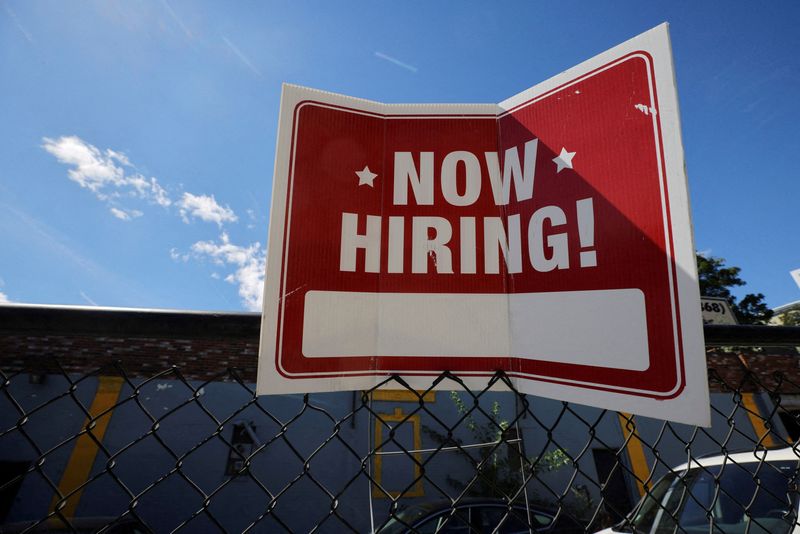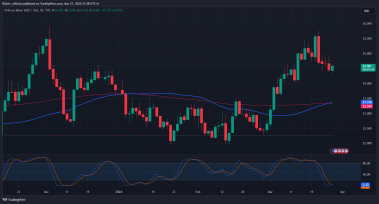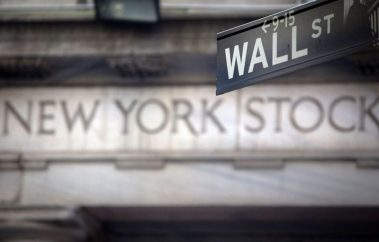The unemployment rate in the United States fell back to 3.5% in March due to increased hiring by American businesses. These signals of the labour market’s resiliency kept the Federal Reserve on track to raise interest rates again the following month.
Although annual wage growth is moderating, it is still too high to be compatible with the US central bank’s 2% inflation target, according to the Labor Department’s carefully watched employment report released on Friday. The failure of two regional banks in March caused financial market stress, which was too soon to be seen in the employment report, as it was with most recent economic statistics.
“While this is an employment report not likely to cause alarm, per se, there is still no evidence policy is tight enough to slow demand in a meaningful way,” said Chris Low, chief economist at FHN Financial in New York.
A poll of businesses revealed that nonfarm payrolls rose by 236,000 jobs in the previous month. According to updated data for February, 326,000 new employment were created as opposed to the previously stated 311,000.
The decrease in hiring was partially caused by the waning effects of the abnormally mild weather in January and February.
Reuters’ survey of economists predicted a 239,000 increase in payrolls, and estimates varied from 150,000 to 342,000. To keep up with the expansion in the working-age population, the economy needs to provide about 100,000 new jobs each month.
72,000 jobs were added in the leisure and hospitality sector, mostly in restaurants and bars, making up most of the employment growth. The number of people employed in the leisure and hospitality sector is still 368,000 below its pre-pandemic level.
Restaurants and bars have been the main drivers of US job growth since the recovery from the pandemic.
The number of government employees rose by 47,000. 314,000 fewer people are working in government than in February 2020. Hiring in healthcare, transportation, and warehousing increased along with hiring in the professional and business sectors. However, manufacturing payrolls decreased for a second consecutive month. Construction employment fell by 9,000 while retailers lost 14,600 positions.
Despite 480,000 people joining the labour force, unemployment dropped from 3.6% in February to 3.5% today. The household survey used to calculate the unemployment rate revealed an increase in employment of 577,000 last month.
The dollar rose against a basket of currencies. U.S. Treasury prices fell.
After increasing by 0.2% in February, the average hourly wage increased by 0.3% in March. Due to this, the annual pay growth was reduced from 4.6% in February to 4.2% now. Fed officials will wait for inflation data later this month to assess the results of their year-long drive to tighten monetary policy.
The FedWatch tool from CME Group (NASDAQ:CME) indicates that financial markets anticipate the U.S. central bank raising rates by another 25 basis points at its policy meeting on May 2-3.
The Federal Reserve increased its benchmark overnight interest rate by a quarter of a percentage point last month but signalled it was about to halt future rate increases due to the stress on the financial markets. Since last March, it has increased its policy rate by 475 basis points, moving it from a level close to zero to the current range of 4.75%-5.00%.
The second quarter is anticipated to significantly ease the labour market as businesses adjust more to the slower demand from increased borrowing prices.
The availability of credit may become more difficult for households and small businesses. Credit requirements have been tightened.




 By:
By:





